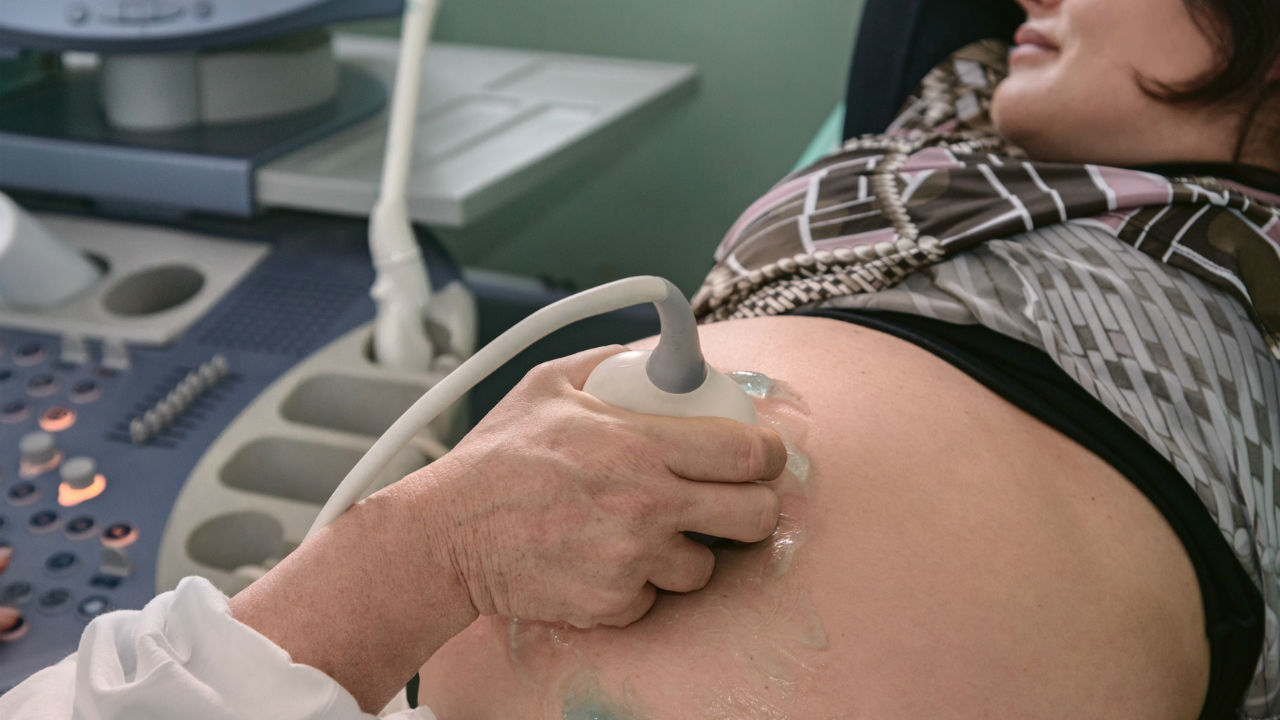 Marco Santi Amantini/fotolia
Marco Santi Amantini/fotolia
In the olden days (back when I was having kids) preeclampsia went by a different name. It was called toxemia. By either name, this can be a very serious development in a woman's pregnancy.
Preeclampsia is a condition that can hit during pregnancy which hikes blood pressure and may affect the kidneys or other organ systems. If not controlled, preeclampsia can turn into eclampsia where the symptoms become more severe and the woman can develop seizures.
A pregnancy may seem normal for the first 20 weeks, then preeclampsia may appear. It can emerge before 20 weeks but that's not the usual scenario.
Women at greatest risk for preeclampsia are those pregnant for the first time, or at the other end of the spectrum, women over 40 years of age.
Women with a history or family history of preeclampsia, or of previous high blood pressure, or carrying multiples may be at risk. A history of diabetes, kidney disease, lupus, obesity or rheumatoid arthritis may increase risk.
Usually high blood pressure develops suddenly, though it can be more gradual. A rise in blood pressure is often the first sign.
But wait, there are more possible symptoms:
- Kidney dysfunction like excess protein in the urine, called proteinuria
- Liver dysfunction
- Decrease in urine
- Decrease in platelets levels in your blood
- Nausea or vomiting
-Sudden weight gain and swelling
- Changes in vision
- Bad headaches
- Extreme pain in the upper abdomen, e.g., on the right side under the ribs
- Fluid in the lungs causing extreme shortness of breath
Untreated, preeclampsia as you may imagine can lead to eclampsia, which can include seizures. Without treatment, serious complications can affect both mother and child. In extreme cases, it can be fatal.
Go to an ER or contact your doctor immediately if you experience bad headaches, or severe pain in your upper abdomen, if your vision changes, or if you're short of breath. These may be indicators that you are developing eclampsia.
Get medical assistance if you have sudden weight gain over a day or two, if your urine output decreases, or if you have dramatic swelling in eyes, hands and feet. If your blood pressure is 140/90 millimeters of mercury (mm Hg) or more, that's above normal.
The baby in the womb can be affected by preeclampsia. The placenta may not receive sufficient blood. The baby can be small at birth, or be premature. Cerebral palsy, epilepsy, learning disabilities and vision issues can develop.
The mother can experience heart failure, reversible blindness, seizures, stroke, or water in her lungs. She may bleed from her liver. Placental abruption, where the placenta separates suddenly from the uterus, can result in stillbirth.
The one "cure" for preeclampsia is delivery. Managing symptoms can buy more time. The longer the pregnancy can continue safely, the better for the baby. Induction or cesarean section are the options after 37 weeks.
Mild cases of preeclampsia can be managed with bedrest at home or in hospital. Medications may be used for high blood pressure. Blood tests, urine tests, and monitoring of fetal heart rate, will be implemented. Ultrasounds may be performed.
Preeclampsia symptoms disappear within six weeks of delivery.
At the time of my first pregnancy, I was at risk since I had a family history of the condition. My mother had preeclampsia during her first pregnancy too. Shortly after the 20 week mark in a normal pregnancy, disturbing things started happening. In early summer, my feet and legs started swelling at an alarming rate.
The first day this happened, my husband looked at me sitting barelegged and barefoot on the floor, and said with great sympathy, "You look like you're wearing rubber boots."
Light pressure on my leg or foot left dents in my flesh. My feet were like balls. The skin was so stretched that it hurt. While my legs and feet took the worst of the edema, my face looked fat, and everything was swollen.
My doctor helped me manage my symptoms till my due date. That was also my checkup date.It was also my birthday.
My blood pressure was too high and my urine test results were bad. I needed to go immediately to the hospital and stay there till the baby was born. My doctor monitored me closely, prepared to induce or perform a cesarean if need be.
After five days, labor was induced, and I had my baby boy. My preeclampsia symptoms began to disappear soon after, leaving me a tired, normal and grateful mother.
Reviewed October 6, 2016
by Michele Blacksberg RN
Preeclampsia. Mayoclinic.org. Retrieved Oct. 4, 2016.
http://www.mayoclinic.org/diseases-conditions/preeclampsia/basics/definition/con-20031644
Symptoms Mayoclinic.org. Retrieved Oct. 4, 2016.
http://www.mayoclinic.org/diseases-conditions/preeclampsia/basics/symptoms/con-20031644
Preeclampsia and Eclampsia. WebMD.com. Retrieved Oct. 4, 2016.
http://www.webmd.com/baby/guide/preeclampsia-eclampsia#1
http://www.webmd.com/baby/guide/preeclampsia-eclampsia#2






Add a CommentComments
There are no comments yet. Be the first one and get the conversation started!